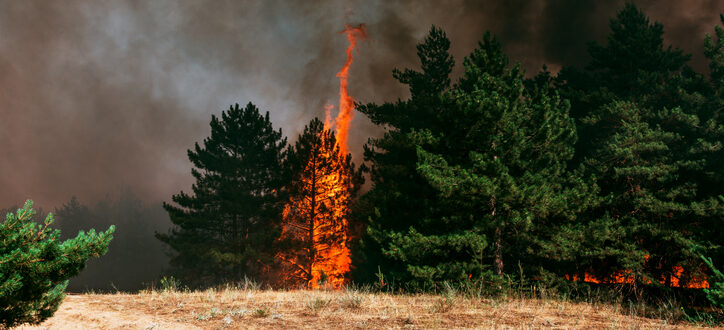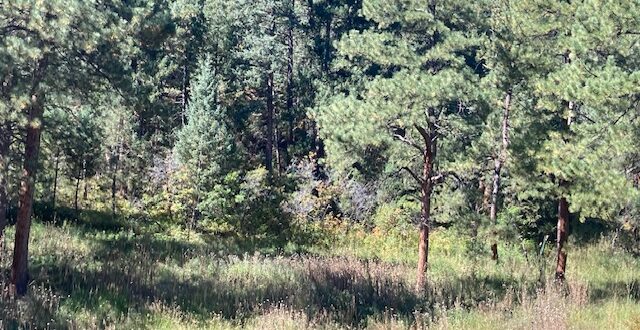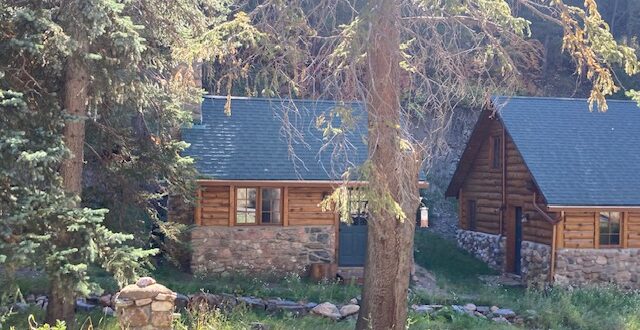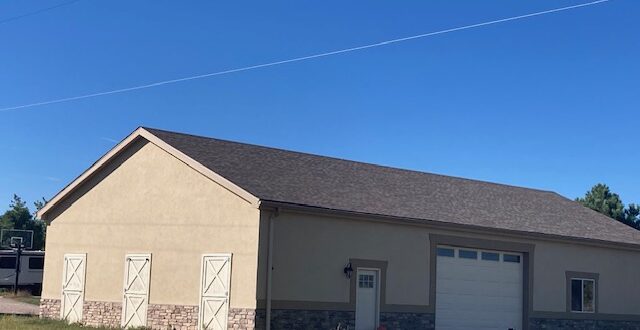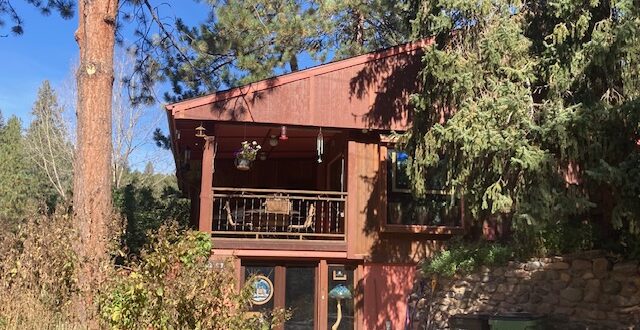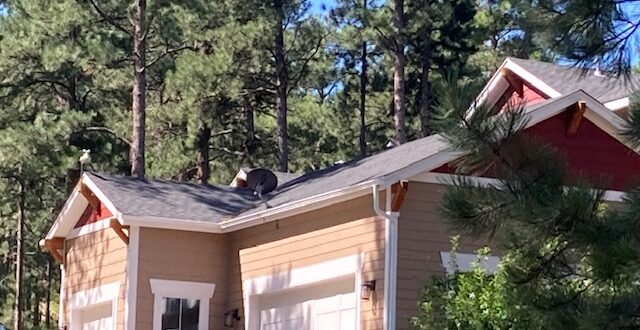Approaching fires lead to emotional stress, and this ends up greater due to a lack of communication. You need to know what’s going on and where you need to go. This is why a communication plan is essential. Make Sure You’re on the List Over the last few years, the Reverse 911 system not working effectively has been linked to numerous deaths during wildfires. In Colorado alone, the success rate is only around 50%! The circuits are overloaded during major disasters, because people are calling their own loved ones. It makes it harder for the official channels to get through. This is why it’s so important not to rely on one communication method. There are usually other options, but residents
(719) 400-9104
office@coloradomastication.com
As you prune and cut down trees for fire mitigation, you end up with a lot of slash to deal with. You need to get rid of this slash, otherwise it becomes fuel for fire78s to spread. In fact, you could increase the risk of a fire spreading faster than just leaving the branches on the trees! Fires spread by burning up fuel on the forest floor first. Hauling the Slash There are a few ways to deal with slash, and the first is hauling. You will pick up the debris and get rid of it, usually in a small pickup truck. Many counties will even have free collection sites that you can take it to, although some are only
Full questions about our fire services, call (719)400-9104. Pruning trees is important for fire mitigation. At the same time, you need to manage the levels of pruning to make sure you don’t harm the tree. Excessive pruning is a major problem to the life and health of the tree. Use the Right Tools for the Job You need to invest in good tools for pruning your trees. A sharp saw is necessary to ensure that any cut is smooth. This promotes faster healing for the tree branch. You are cutting a limb off the tree, after all! You’ll also want to make sure your tools are sterilized, just like a surgeon sterilizes their tools for surgery. Use alcohol or diluted
Windows and doors have frames around them. These frames are a risk when it comes to wildfires, and when it comes to buying or building a home, you need to look at how to protect your home. This doesn’t mean you need to get rid of the frames. It’s all about making the frames safer. When building, this is much easier. You’ll use the most up to date materials that are recommended for fire safety. When buying an existing home, you’ll need to make investments to make your home safer. The Risk of Frames The frame can quickly catch fire if you have the wrong materials. A lot of frames are made with some sort of wood or wood composite,
The windows are one of the most problematic parts of the home when it comes to wildfires. They break due to the different temperatures either side of the glass, and once the cracks start to form, the glass bursts. Breaking windows will lead to fires getting worse. You’re adding more oxygen to help fuel the fire. It’s important to protect the windows and prepare them for the chance of wildfires in the area. Consider Thermo-pane Windows If you’re looking for ways to keep your utility bills down, you’ll likely look into thermo-pane windows. These are great options for wildfire management, too. The glass has an extra layer of protection, which is harder to crack than the basic glass, offering a
Fire mitigation in Gilpin county. (719)400-9104. Prepare Home for Wildfires: Roofing The roof is one of the most important parts of the home to get right in wildfire-prone areas. The roof brings the greatest chance of fire as the canopy fires will drop down onto them. It’s important to get a Class A fire rating as much as possible, but you don’t need to worry about losing the aesthetics of the home. Reduce the Complexity of the Roof The first thing to consider when building a new home or replacing the roof is complexity. The more complex a roof is, the higher the chance there is for it to cause fire problems. Needles, leaves, and other debris will get into
Not all homes have a connection to the municipality water system. Your home, if it’s rural enough, could run on a well. There are still a lot of homes that use well water instead of city water. There are issues when it comes to fires. When getting the water for a fire, the well pump needs to constantly run. This can lead to draining the well and burning out the motor on the pump. It’s a costly repair. Even without a fire, you can run the risk of damaging the pump. In a fire, you have the issue of the electricity being cut, which means you need to look out for other ways to manage the fire. Avoid Too Much
When the electricity goes out, you’ll need a fire cistern or you may need to use the swimming pool or hot tub. To make any of these options work, you need a water pumping system. This is especially important if your water source is going to be from a well or river away from the home. What Will a Water Pumping System Do? The water pumping system makes it possible to bring a high volume of water with high pressure, helping to tackle a fire immediately. You want to get a pump that will discharge 15-30 gallons of water per minute. Yes, that is going to use up that 80-gallon hot water tank very quickly. You don’t need more than
If you don’t have a fire bunker yet, you’ll want to consider one. These are important in the event of wildfires, especially if your home is remote. There was once a time people were given evacuation plans, but the Black Saturday Bushfires in 2009 that killed 164 people led to some questions about evacuation plans. Is it better to have something similar to a bomb shelter but for fires? Evacuation Isn’t Always Possible Depending on the area and severity of the fire, evacuation isn’t always possible. In fact, it can end up being more dangerous. Having a bunker instead could be a safer option while waiting for fire crews to get out to you. Of course, there are fears that
There are a few extra additions to your home you won’t necessarily think about. These can all help during a fire and afterward. It’s time to consider an internal sprinkler system to help put out the fires, then you’ll want something to protect important documents during the event. Internal Sprinkler Systems Can Reduce the Spread Businesses and hotels will use internal sprinkler systems. When there is a fire, the systems automatically turn on to help put the fire out. Most houses aren’t built with these, but that doesn’t mean you can’t add them to your home. There are some new rules coming in for new builds in Boulder County, with homes that are more than 4,500 sq ft needing them
